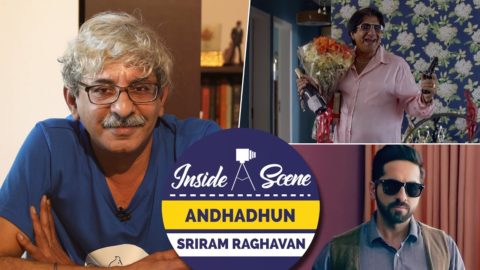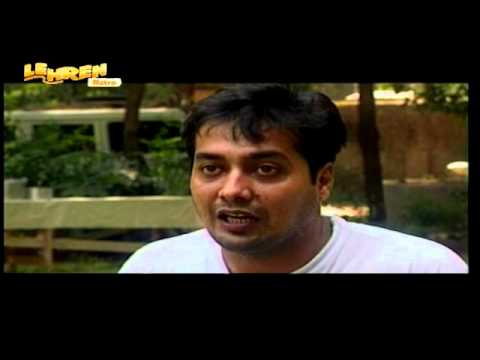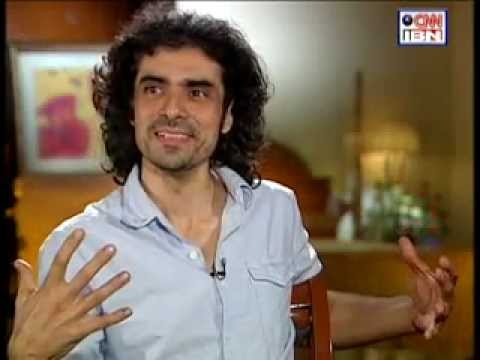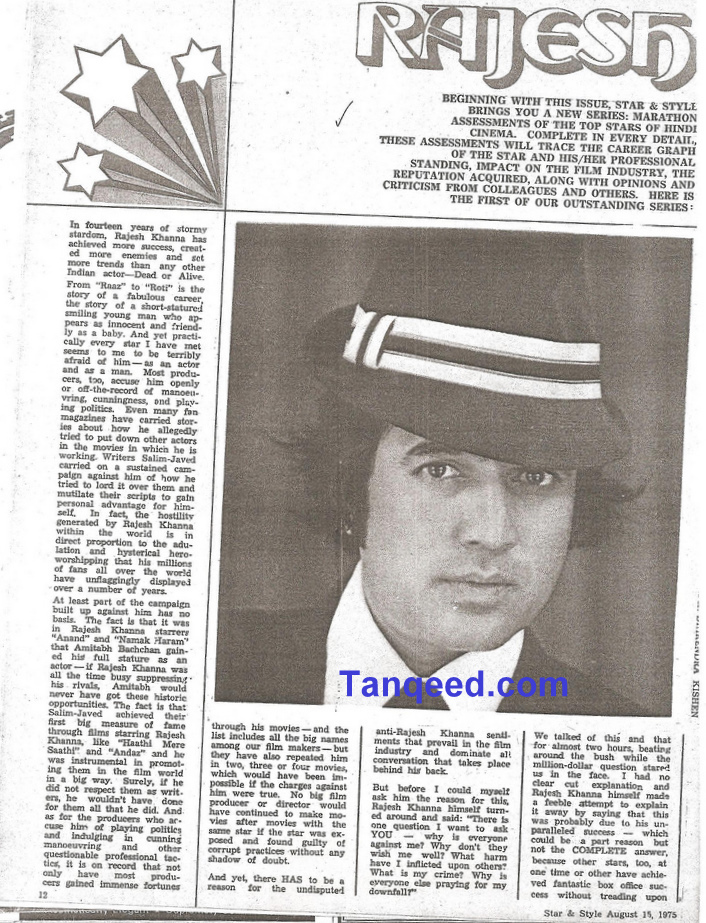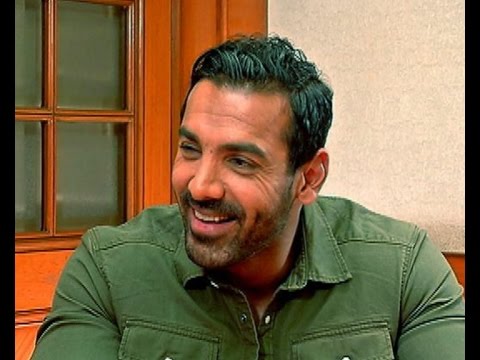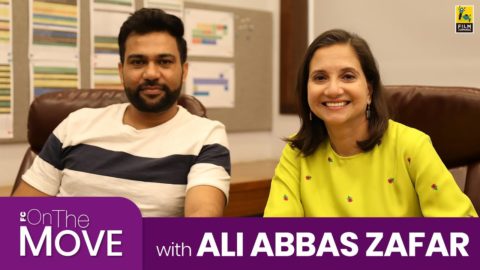 At 31, if you’re editing a Shah Rukh Khan film, it’s safe to say you have arrived in Bollywood. Especially for someone who just started her career with a small film such as “Love, Sex aur Dhokha”.
At 31, if you’re editing a Shah Rukh Khan film, it’s safe to say you have arrived in Bollywood. Especially for someone who just started her career with a small film such as “Love, Sex aur Dhokha”.
Namrata Rao, whose filmography includes “Oye Lucky Lucky Oye”, “Ishqiya”, “Band Baja Baarat”, “Ladies Versus Ricky Bahl”, Sujoy Ghosh’s “Kahaani” and Dibakar’s almost-ready “Shanghai”, is all set to start her work on Yash Chopra’s comeback film starring Shah Rukh Khan and Katrina from Monday.
Unwinding with family in Hyderabad before her mind is flooded with rushes of Bollywood at its grandest, she talks to us about the challenges of editing “Kahaani”.
Q: Kolkata is a character in ‘Kahaani’. How do you make what reads like a backdrop in the script a character in the film?
Sujoy wanted it to be a character. He had a lot of Kolkata shots. That is what I enjoyed doing most in ‘Kahaani’. We decided it would be like a documentary and a mystery at the same time… It was interesting to find a balance.
Q: How do you edit to retain the suspense in a mind game such as like ‘Kahaani’?
The first two reels were about “this guy exists but people are denying the fact that he exists”. I was very insecure that people will see through it. That was the challenge in the first half — to rush through it and get to the interval before people notice something fishy. The peculiarity of the second half was that there was plot misdirection, red herrings not leading you anywhere — the blood bank, the doctor, the police station… I tried to do a paper edit of it. I threw a lot of it out. There was a beautiful Mahalaya sequence of thousands taking a dip in the Ganges, but it came at a point where the drama was escalating. So I had to leave it out. But the film was not about the mystery for me when I was editing it. What I really enjoyed was the relationship between Bishnu (“Running Water”) and Vidya or Rana and Vidya. The human aspect. Only when I watched it with the audience did I see it as a mystery.
Q: It’s quite amazing how the mind plays tricks with your memory in a film such as like ‘Kahaani’, where people believe they saw the husband in all the flashback sequences when that was not the case.
The flashbacks were supposed to be from the other character’s point of view… But because the whole film is told from Vidya’s point of view, many did not realise she was narrating the flashbacks. We couldn’t take the flashbacks out because if you took them out, the empathy we have for is totally gone. You almost believe she’s lying. When you watch the film again, you realise she’s narrating it and the scenes are from the point of view of the person listening to her story.
Q: Do you let the director around while you edit?
It’s totally up to the director. Initially, there’s always a trust issue when you work with someone for the first time. Here, we managed to reach a point of trust once we had done the first cut. He would keep thinking of the film and text me in the middle of the night about what he wanted to remove or retain.
We spent one month in Kolkata and edited in a really small laptop in a room that was as big as the one in Monalisa Guest House (laughs). So the film became that much more special because we didn’t even have the money to get a proper system. We bonded really well at that time. We had lots of fights because there were lots of scenes he was close to. There was a longer introduction scene of Rana that I removed, one he found very funny and he used to laugh every time watching it… He was offended when I removed it, and didn’t talk to me for days. But, he’s one of the best people I have met in Mumbai.
Q: How do you know what the right length or the pace for a film is?
This is something I am still grappling with. What is right and what is wrong. Is it enough to make a film work or do you try to find more to it? I question it constantly. I try to watch films with a normal audience and try to remember when I got bored. To get that objectivity, I have to remember to feel like the audience. That’s my constant struggle. To strike the balance watching the film as a technician and as an audience. I wish there were some form of meditation, a white box that will cleanse me and make the audience again. Even with ‘Kahaani’, I went with the audience gut.
Q: At what stage do you take over from the assistant?
Even if my assistant does an assembly or the rough cut, I do make it a point to watch all the rushes. At every stage of the edit, you see the rushes differently. They give you all the answers, you don’t need to look anywhere else. But it’s always nice to have a team because it’s a lonely job and you get stuck with your own ghosts. On ‘Shanghai’, I had a really good assistant who helped me be more objective. I think editing should be like scriptwriting — one person writes and another writes the second draft. We have a first cut, and then someone does a second cut, and then we argue and do the final cut.
Q: Is your next release ‘Shanghai’ is a thriller too?
It is a political thriller, but it’s a mood thriller that relies more on the atmospherics… It’s not like a whodunit, it draws you in slowly.
Tags: Band Baja Baarat Interviews Ishqiya Kahaani Katrina Kaif Ladies Versus Ricky Bahl Love Oye Lucky Lucky Oye Sex aur Dhokha Shah Rukh Khan Shanghai Vidya Balan Yash Chopra

